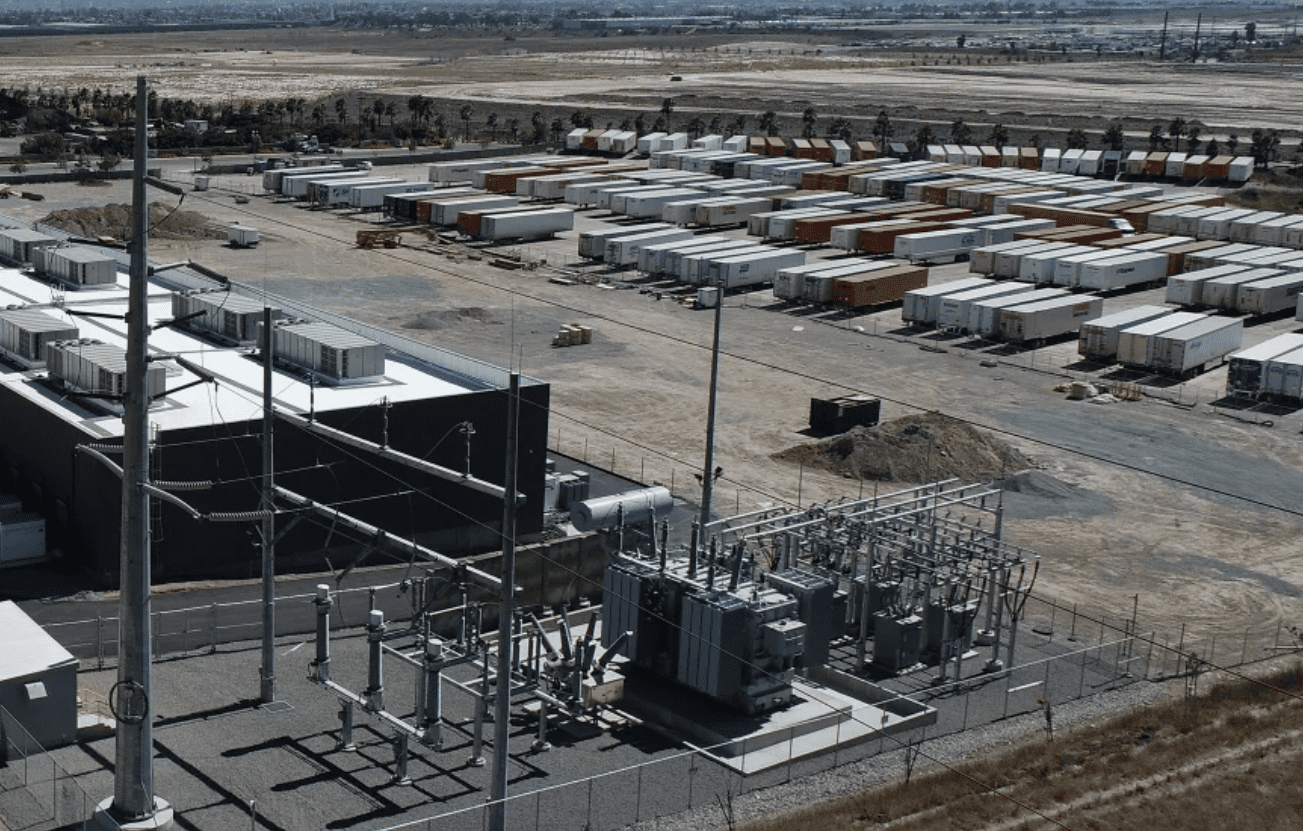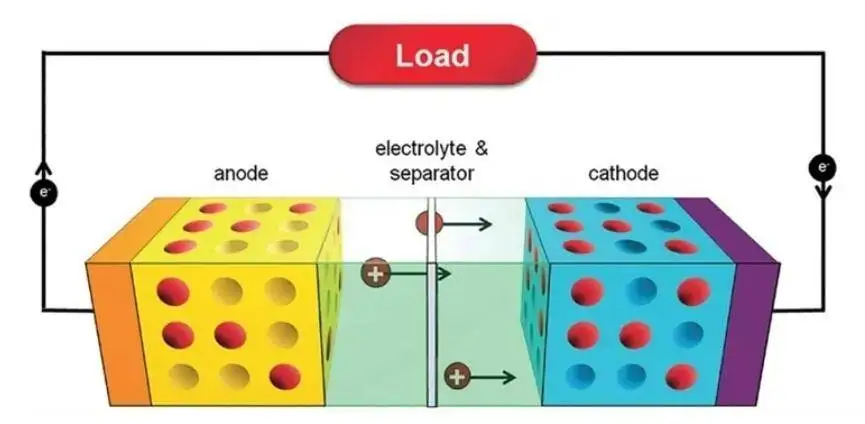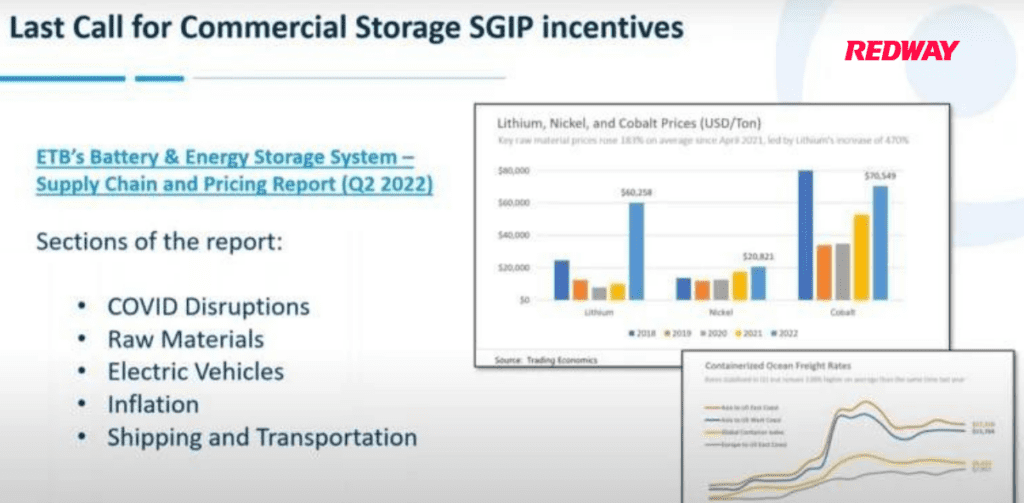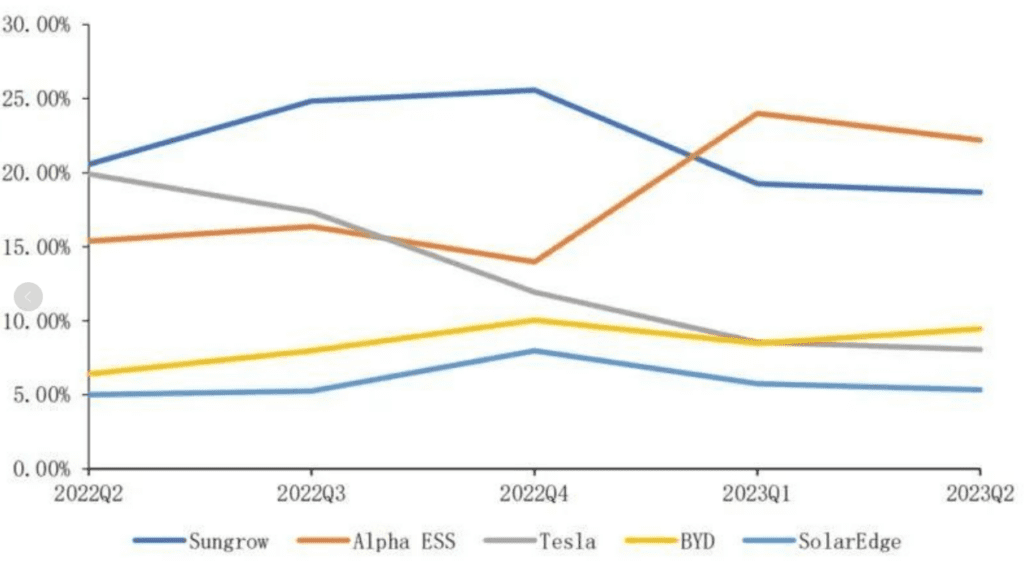California’s energy landscape is undergoing a transformation with grid-scale battery storage capacity surging to 5.6 GW by July 1st. This remarkable growth is a testament to the state’s commitment to fortify its energy infrastructure and ensure grid stability in the face of rising extreme weather events.
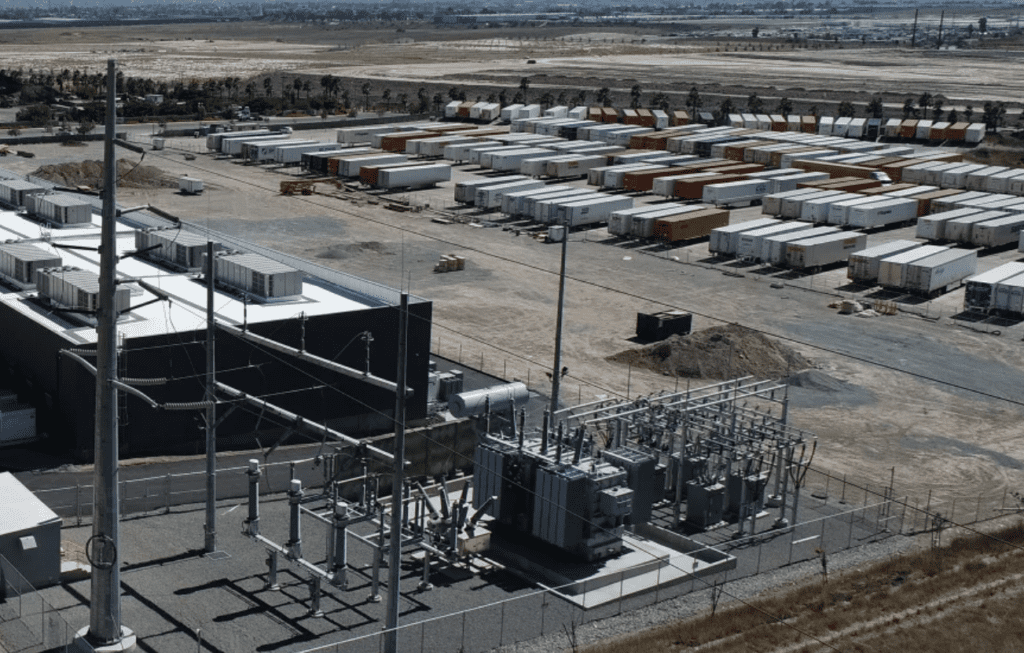
#post_seo_title
California’s Remarkable Growth in Battery Energy Storage
CAISO President and CEO, Elliot Mainzer, stated that as of July 1st, the total installed capacity of battery energy storage in the CAISO regional grid has increased to 5.6 GW.
California’s Ambitious Energy Storage Goals
Mainzer stated, “Frequent occurrences of extreme weather such as heatwaves and droughts in California make investments in innovative technologies like energy storage essential for ensuring the security of its power supply. Just three years ago, California’s grid had only 500 MW of battery storage capacity, and the rapid development of energy storage has significantly improved its grid stability.”
“1 MW of power can meet the electricity needs of approximately 750 households, and 5 GW of battery storage capacity can provide power for around 3.8 million households for up to 4 hours.”
“Because batteries are fundamentally different from other resources and, based on current technology, can typically discharge for only a few hours each day, CAISO has worked closely with industry representatives and other stakeholders over the past few years to design market rules and pricing agreements. These measures enable grid operators to fully leverage the unique capabilities of batteries. For instance, continuous monitoring and validation of the battery’s charge status are necessary to ensure it can supply power when needed. Therefore, specific market rules have been required to ensure the smooth operation of battery energy storage projects.”
Market Rules and Pricing for Battery Energy Storage
Gabe Murtaugh, the Manager of the Energy Storage Department in CAISO‘s Market Design group, pointed out that the pricing principles for energy storage are entirely different. “Owners of energy storage are concerned with the difference between the purchase and sale prices of energy rather than specific energy prices at any given time. In the future, energy storage may often set prices, and energy markets may be priced based on ‘differentials,’ which is very different from how markets operate today.”
California’s Ambitious Energy Storage Goals
Murtaugh added, “Establishing tools in the market to accommodate energy storage has required a substantial amount of modeling and software improvements. The CAISO team initiated this work several years before large-scale battery storage became a reality, and they continue to refine their efforts as the needs of energy storage operators evolve within the market. This work has been highly challenging, and with better responses to the demands of energy storage operators in the actual market, the CAISO team is continuously improving their efforts.”
Since the summer of 2020, California’s grid-scale energy storage capacity has grown tenfold. This growth is primarily attributed to a series of energy storage procurement orders authorized by the California Public Utilities Commission (CPUC). These orders require regulated utility companies to increase their investments in energy storage within their portfolios. Furthermore, there is a call to enhance energy storage procurement in the coming years.
Battery Energy Storage’s Crucial Role in Grid Reliability
Murtaugh explained, “The CPUC’s plan calls for an integrated total capacity of over 10 GW by 2026. This installation speed enhances grid reliability and helps ensure that solar resources play a more significant role on the grid.”
“Last summer, record-breaking high temperatures and robust electricity demand placed immense pressure on California’s grid, and battery energy storage played a crucial role in maintaining grid reliability.”
“As Murtaugh explained, during the most critical moments for the grid, a 5 GW energy storage system can meet approximately 10% of the load demand, and during peak periods, it often exceeds 10%.”

